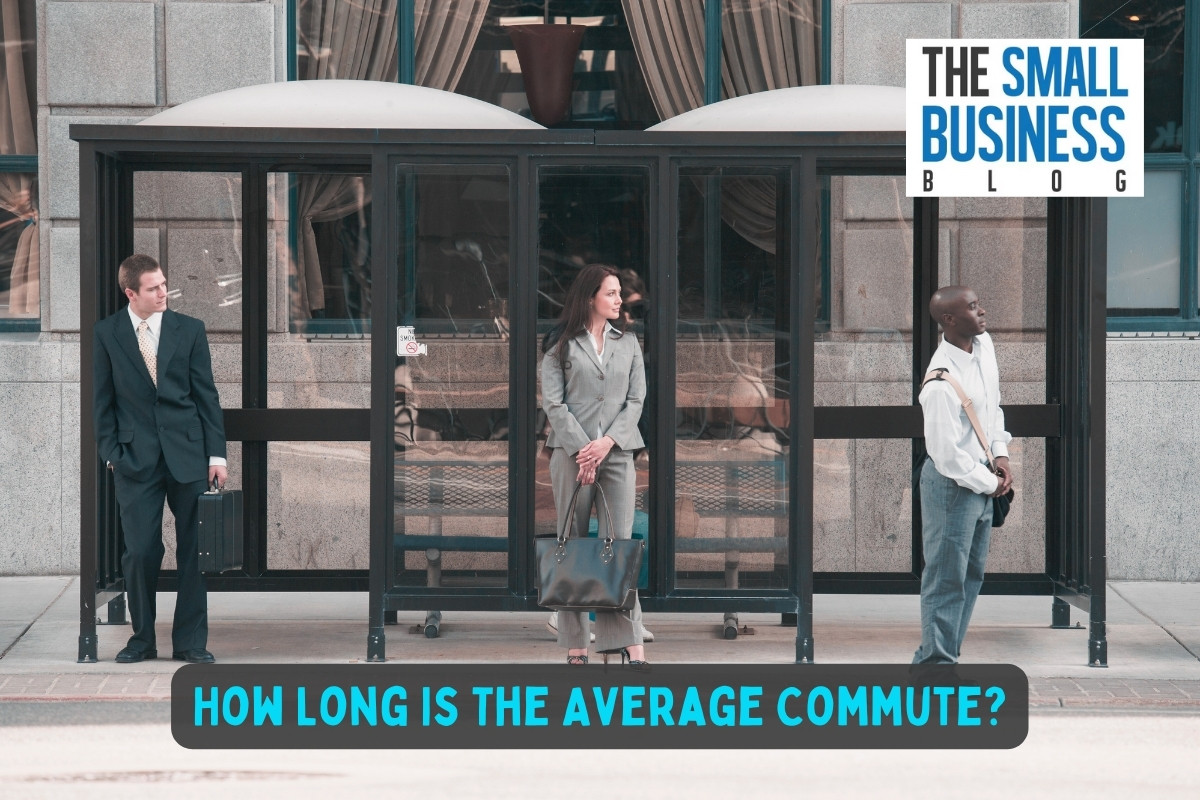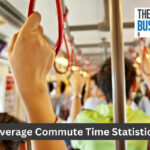For most people, commuting is simply a necessary part of life.
From the moment it was possible to work for someone else, it was necessary to travel.
This can be traced back to olden times and, while the style of commuting has changed, the principle remains the same.
In the past commutes were generally over short distances.
However, with the advent of modern cars, trains, and buses, it’s possible to commute large distances every day.
The upside is people get to live where they want.
The downside is how long is the average commute and how much time do you spend commuting?
Of course, everyone has a different commuting experience.
For some, the hours spent commuting are beneficial and enjoyable.
For others, it’s stressful and frustrating.
Let’s take a look at the average US commute and how that compares to commutes around the globe.
Post Contents
- 1 Key U.S. Statistics
- 2 How Long Is The Average Commute in the U.S?
- 2.1 1. The Average American Commute Takes 27.6 Minutes
- 2.2 2. An Average US Commute Covers 41 Miles A Day
- 2.3 3. 74% Of Americans Undertake A Daily Commute
- 2.4 4. 76.4% Of Commuters Drive And Do So Alone
- 2.5 5. The Car Remains The Most Popular Form Of Commuting
- 2.6 6. On Average A US Worker Will Spend 330 Hours A Year Commuting
- 2.7 7. The Average American Household Spends 18% Of Its Budget On Commuting
- 3 Key Global Statistics
- 4 How Long is the Average Commute Worldwide?
- 5 Summing Up
Key U.S. Statistics
- The average American commute takes 27.6 minutes
- An average US commute covers 41 miles a day
- 74% of Americans undertake a daily commute
- 76.4% of commuters drive and do so alone
- The car remains the most popular form of commuting
- On average, a US worker will spend 330 hours a year commuting
- The average American household spends 18% of its budget on commuting
How Long Is The Average Commute in the U.S?
1. The Average American Commute Takes 27.6 Minutes
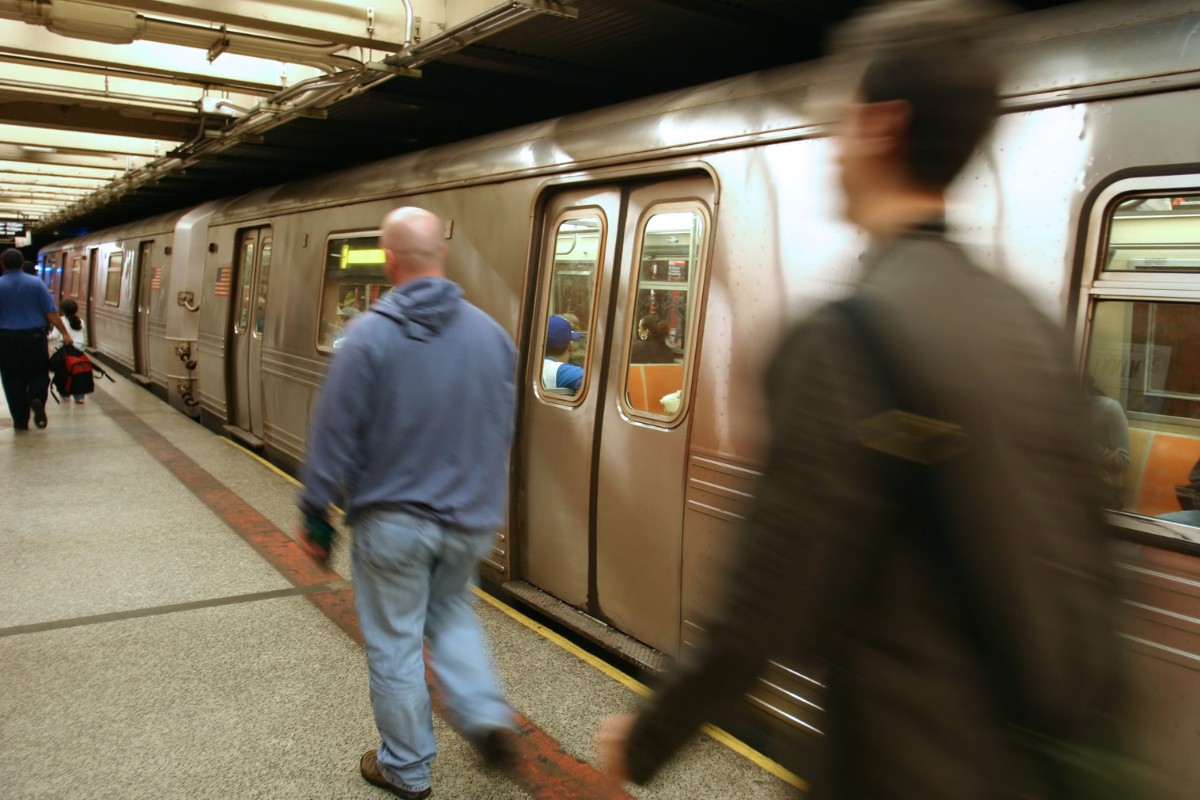
Naturally, the exact time it takes to commute depends on several factors.
The first is how far you are from work.
The second is your chosen commute vehicle.
Cycling takes longer than going by car, but it’s often faster over short distances and quicker than walking.
Public transport is a green option, but often slower as you need to leave at designated times and potentially change transport several times.
How busy the traffic is near your workplace will also affect your commute times.
According to the latest research, the average American will spend 27.6 minutes commuting to their place of business; It usually takes the same amount of time to get home.
In New York City the commute tends to be longer, at an average of 34.7 minutes.
It’s worth noting commuting time has been increasing.
In 1980 it took, on average, 21.7 minutes.
Today it takes 27% longer.
(Zippia)
2. An Average US Commute Covers 41 Miles A Day
The average US citizen covers 41 miles every day going to and from work.
That means they cover, on average, 20.5 miles in 27.6 minutes.
This means an average speed of 25 mph is maintained which is quite impressive when you consider the traffic in most cities.
What the survey does show is that commuting distances have been gradually increasing.
In 2006 commuters covered an average of 30 miles to work and back.
Improvements in transport have meant it is possible to live almost anywhere and commute to work, hence the increased distances travelled.
Longer commutes may not be beneficial for the environment but they are better for mental health.
Living where you want makes a longer commute worthwhile as you will be less stressed when you get home.
(Zippia)
3. 74% Of Americans Undertake A Daily Commute
It can be argued that the first incidence of remote working, all telework as it was known, happened in 1973!
However, it wasn’t until the turn of the century that remote work started to become more commonplace.
However, interest by individuals and businesses in remote working has grown slowly.
The majority of people prefer daily office interactions.
At least, that was the case until the global pandemic.
By May 2020 approximately 35% of the US workforce was doing so from home.
Covid can be said to be the catalyst for remote working, many of those who switched to remote working have not returned to the office.
The latest figures show 26% of Americans now regularly remote work and have no need for the daily commute.
It means 74% of people still commute, but this number looks likely to decrease further.
Current estimates suggest as much as 40% of the workforce will be remote by 2025, meaning just 60% to commute.
Of course, that should make the commute easier and reduce emissions.
(Zippia)
4. 76.4% Of Commuters Drive And Do So Alone

In a world where everyone is becoming increasingly aware of climate change, the above statistic is potentially the worst on this list.
The latest reports show that 76.4% of those who commute do so in cars and are the only person in the vehicle.
Naturally, it’s understandable.
It’s rare for two employees to live close enough to share a vehicle and have the same starting and finishing times.
With working late being seen as the norm, it’s difficult to be available for car sharing.
The figures vary slightly according to your state.
New York City actually does very well, 47% of commuters in the city carpool.
Washington fares even better with 66% of commuters carpooling.
Unfortunately, these percentages aren’t true for most places.
(Zippia)
5. The Car Remains The Most Popular Form Of Commuting
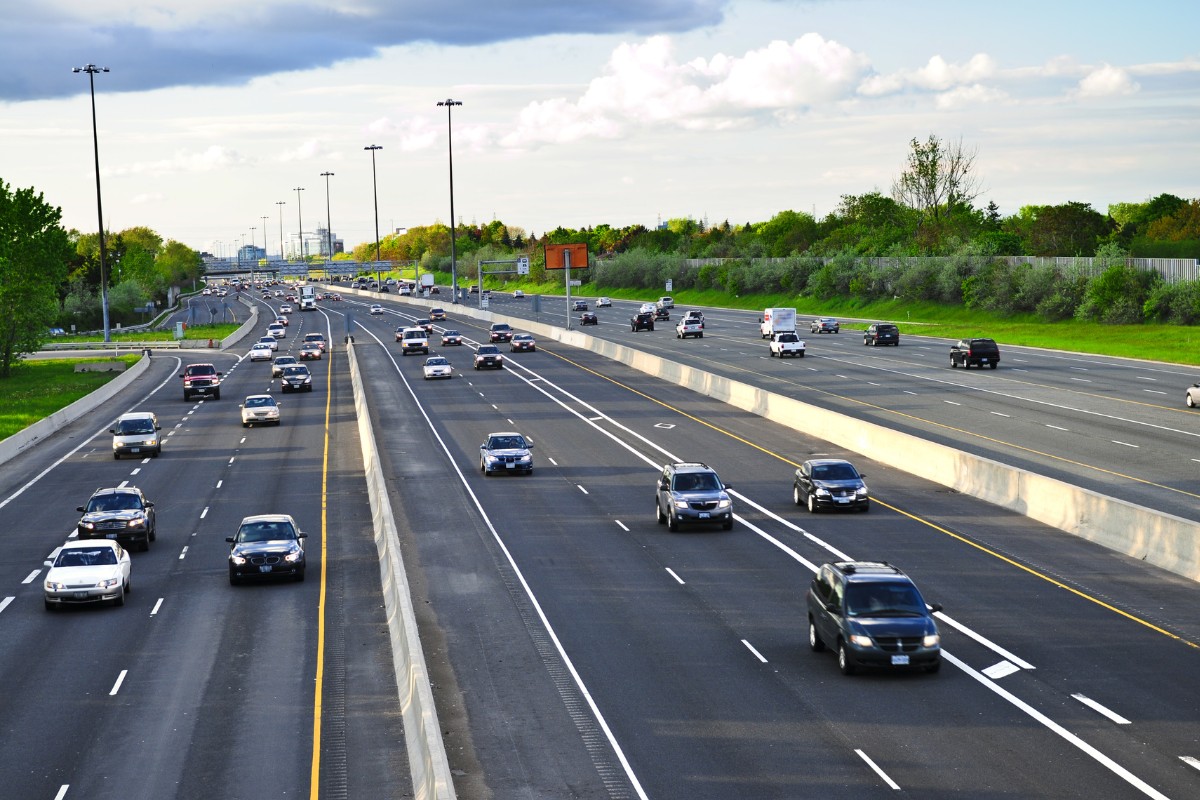
The car is potentially the type of commute which causes the most environmental damage.
However, it remains the most popular option, for good reason.
The average commute using public transport in the US will take 85% longer than using a car.
For example, a 25-minute commuter by car will take 45 minutes by bus, and 47 minutes by subway!
Considering how early many people start work, almost doubling commute time is not a viable option.
Naturally, the car is also much more convenient.
It can be driven straight to work and you can leave when you want, not when the bus or train timetable says you need to leave.
It’s worth noting if you live in a city you’ll generally find it much faster to walk to work than to use the subway.
On average, people who live and work in the city can walk to work in just 12 minutes!
(Zippia)
6. On Average A US Worker Will Spend 330 Hours A Year Commuting
If you’re wondering why most Americans hate the commute, this fact is why.
Three hundred and thirty hours a year is roughly the same as 14 days.
Considering you spend 6-8 hours sleeping a day, the 330 hours spent commuting translates to roughly 18-21 days of awake time.
Just think about what you could achieve with an extra three weeks every year.
It’s little wonder more and more people are starting to work from home.
Over the course of a working lifetime of say 45 years, the average American will spend 11,000 hours commuting.
That’s 450 days, well over a year simply traveling to and from your workplace.
(Zippia)
7. The Average American Household Spends 18% Of Its Budget On Commuting
Commuting to and from work costs money.
You’ll need a vehicle, insurance, fuel, and to cover maintenance costs.
You may also need to budget for parking.
Alternatively, you can opt for public transport which simply charges you for using it.
According to the latest research the average American spends 18% of their budget covering commuting costs.
That means working from home can save you a lot of money.
In comparison, the average for a non-US country is 13%.
It’s unclear whether the difference relates to the cost of the commute or the fact that Americans generally prefer larger and nicer vehicles.
It’s certainly something to think about when you change your automobile.
(City Observatory)
Key Global Statistics
It’s always good to compare the situation in the US with other places around the globe.
- The country with the longest average time commuting is China
- London has the biggest traffic jams in the world
- 60% of Tokyo residents use the metro
- 19% of ‘long’ commuters see it as causing mental and physical health issues
How Long is the Average Commute Worldwide?
8. The Country With The Longest Average Time Commuting Is China
It probably won’t surprise you to learn that China has the longest average commute times in the world, an impressive 56 minutes on average, each way.
That’s nearly two hours of the day lost to commuting.
China has 1.45 billion people living in the country, more than any other country on the planet.
That, and the fact the majority of people live in cities means there are millions of people using the same transport systems to get to work, at the same time.
It’s worth noting that the US commute is the second shortest on the planet!
Italy has the shortest average commute at 23 minutes, that’s just four minutes faster than the US.
Of course, the quality of the commute also matters.
(Zippia)
9. London Has The Biggest Traffic Jams In The World
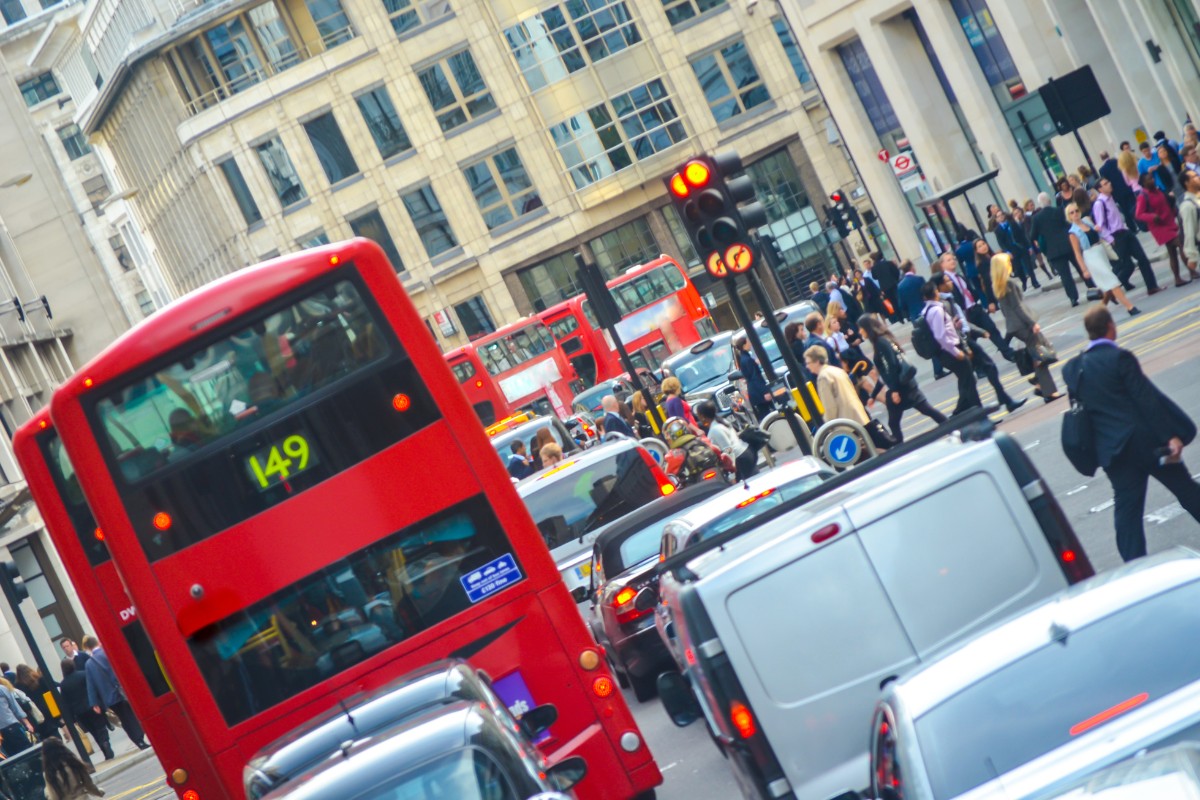
If you think your commute is bad, spare a moment to think of those commuting in London.
According to the latest figures, London has the worst traffic of any city in the world.
The average person will spend 148 hours in traffic jams in London over the course of one year.
Paris comes a close second with 140 hours stuck in traffic jams.
The worst US city is Chicago which offers 104 hours of traffic jams and comes seventh on the list.
It’s closely followed by New York City with 102 hours of traffic jams.
At the bottom of the worst twenty is Saint Petersburg, with just 75 hours of traffic issues a year.
Of course, live and work outside the city and this shouldn’t be an issue.
(INRIX 2021)
10. 60% Of Tokyo Residents Use The Metro
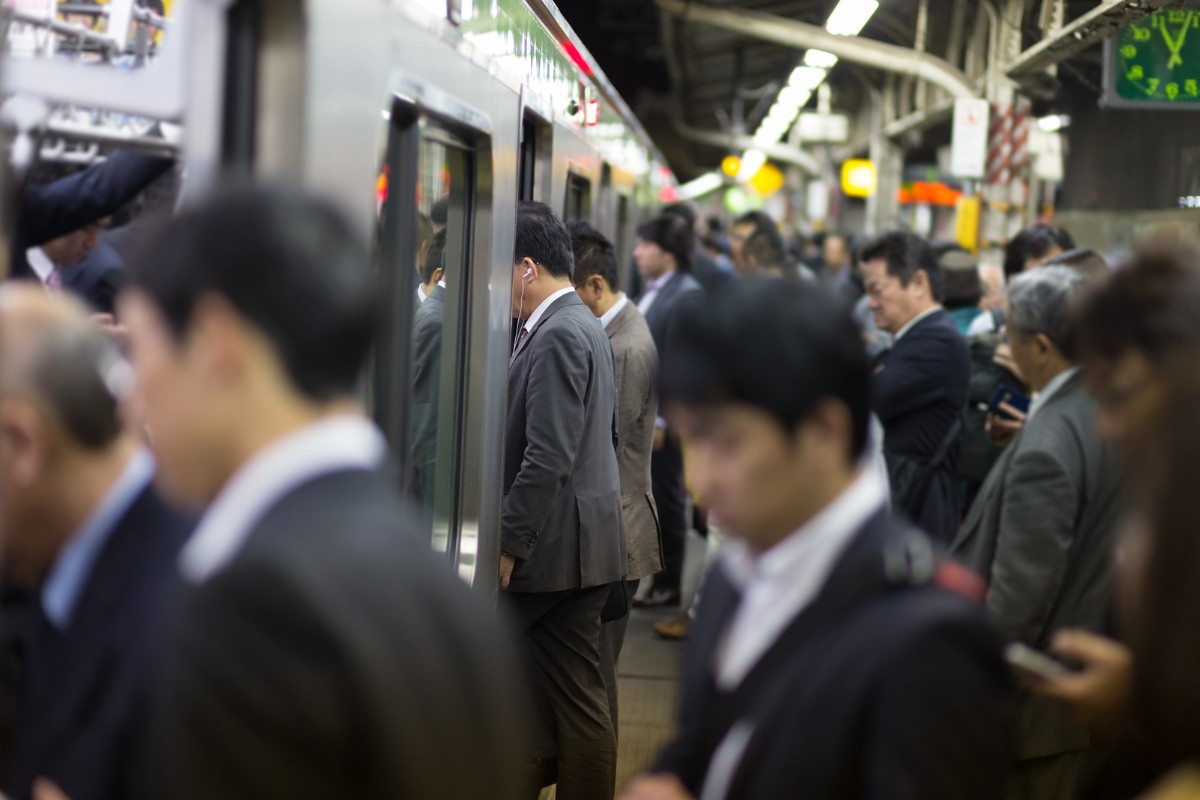
It’s not just the US that loves the car and chooses it most frequently for the commute.
The same can be said for most places around the globe.
For example, 92.1% of workers in Miami use the car to commute.
90% of people in Houston make the same choice, as do 54% of people in Melbourne.
However, there are some places that prefer other options.
For example, 60% of commuters in Tokyo use the metro because it’s convenient, fast, and cost-effective.
Phnom Penh also likes to buck the trend.
57% of the people commuting here will use a motorbike to get to and from work.
It’s practical, very cheap to run, and theoretically cuts through traffic.
It’s interesting to note that the bicycle is seen as a very popular mode of transport in Amsterdam, yet only 43% of people living there use it to commute.
Helsinki is perhaps the most unusual commuting destination.
23% of people here favor using the bus, that’s a majority for the city!
(INRIX 2021)
11. 19% Of ‘Long’ Commuters See It As Causing Mental And Physical Health Issues
Many things can affect your mental and physical health but stress is often seen as one of the biggest issues.
The commute can be stressful.
It’s not just needing to focus on the traffic and what others around you are doing.
You may also be worried about getting to your workplace on time to simply have more time to dwell on what problems you’re facing.
In a recent survey, 19% of respondents felt the daily commute had a negative effect on their mental and physical health.
That’s something which needs to be looked into further.
(IZA)
Summing Up
For most people, the daily commute isn’t an option which can be avoided.
While you may hate doing it, you need to work and you need to get to work.
It can be useful to know how long is the average commute.
However, the bottom line isn’t about averages.
It’s about how long you are prepared to commute for.
The truth is, although many people are switching to remote working, it’s not yet a possibility for everyone.
In other words, it’s up to you to find the right balance regarding distance and time spent commuting versus the quality of home life.
If you’re looking to move home or jobs, spare a moment to think about your commute, it can help you make the right decision.







